Exercises To Lower Blood Pressure: 7 Proven Workouts For 2025
Indulge in these exercises and yoga asanas to manage your hypertension.

Image: Shutterstock
High blood pressure, or hypertension (HTN), can increase the risk of heart disease. Regular physical activity can be an effective way of lowering blood pressure and reducing the risk of other heart-related issues. There are many exercises that may help to lower blood pressure. Note that these exercises are not intended to replace medication prescribed by your doctor. It can also be helpful if you stay active and reduce your BMI, as it can help bring your blood pressure down to normal levels (1). Research shows that cardio and dynamic resistance training can lower blood pressure and manage stage 1 hypertension (2). Staying active also reduces the risk of cardiovascular diseases.
If you have hypertension, do these 7 blood pressure-lowering exercises and 6 yoga asanas. It is essential to consult with your doctor before starting any new exercise programs. This article also tells you how frequently you should do the exercises and which exercises to avoid. Read on!
 Exercises To Lower Blood Pressure
Exercises To Lower Blood Pressure- Frequency: 3-5 times per week
- Benefits: Aid in weight loss and reduce heart disease risk.
- Equipment Needed: Exercise mat, fitness tracker, sturdy shoes, swimming cap,goggles.
- Space Required: Large area
- Assistance Required: No
- Who Should Avoid: Anyone with chronic joint pain or diabetes.
In This Article
7 Best Exercises To Lower Blood Pressure
1. Walking
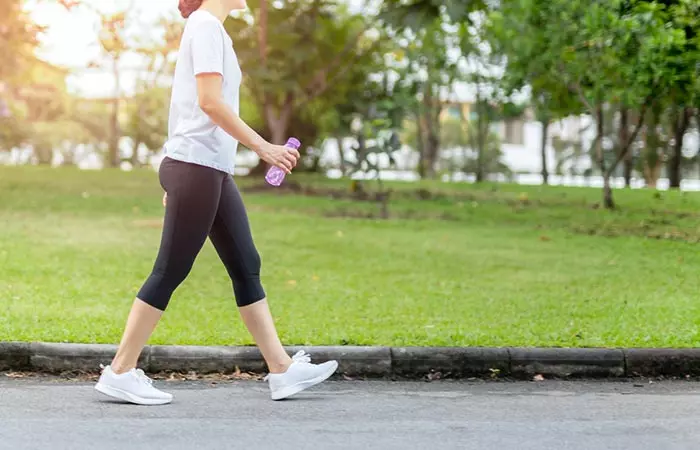
Walking is a low-impact cardio exercise that helps release serotonin, a ‘feel-good’ hormone. Scientists have found that walking 10,000 steps a day, irrespective of the intensity, could help reduce high blood pressure and improve exercising capacity (3).
A 2025 study assessed randomized controlled trials with 5,763 participants to highlight the merits of walking for hypertension. The participants walked an average of 153 minutes over the course of 15 weeks. This resulted in a decrease of 4.11 mmHg in systolic blood pressure, 1.79 mmHg in diastolic blood pressure, and it also reduced the resting heart rate by 2.76 bpm. It is one of the simplest but best exercises for heart health and may even reduce the chances of a stroke.
Find a park or a stretch of road that has less traffic and more greenery. You can walk in the mornings or evenings, focus on breathing, and enjoy nature to lower your stress levels. Take a warm bath afterward, have a cup of tea, and you will feel more relaxed.

2. Jogging
Put those running shoes on, leave your problems at the door, and start jogging! You can start with brisk walking and gradually increase your pace to do slow jogging or moderate-paced running.
A trial found that running regularly at a moderate pace could help lower blood pressure levels in people with hypertension (4). You can jog on the treadmill or outdoors. Do cool-down stretches after you are done, and take a nice warm shower later.
Dmitri Konash, a blogger, shares his experience of how he brought his hypertension back to optimal levels with exercise. He started jogging to lower his blood pressure and improve his cardiac health, stating, “In less than 12 months after being diagnosed with hypertension my blood pressure returned to normal levels (i).”
3. Dancing

Dance therapy may have a positive effect in reducing hypertension (5). This aerobic exercise improves blood circulation, helps in stress reduction, and improves balance and coordination.
Start with low-intensity dance forms and join a group that has a dedicated class for people with hypertension. You may try other high-intensity dance forms after consulting your doctor.
4. Cycling
Bicycling outdoors or indoors is a great aerobic exercise to reduce weight, tone the lower body, and lower high blood pressure levels. A study conducted on people with type 2 diabetes showed a significant reduction in blood pressure levels in people who regularly cycled (6).
Choose a bicycling lane or do indoor cycling to prevent falls and sudden jerks. Focus on your breathing, take water breaks, and wear bicycle shorts to prevent chafing.
5. Swimming
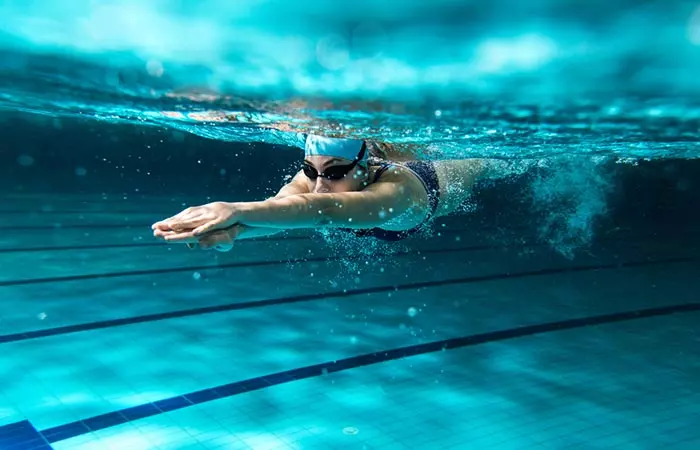
If you love water, swimming is another aerobic exercise you can enjoy to reduce hypertension. A 10-week study showed swimming to be an effective exercise to reduce resting blood pressure (7).
Always warm up before getting into the pool and wear a swimming cap and goggles. It is best to start with an instructor to help guide you through a few water exercises to improve your strength and mobility before getting into full-blown laps.
6. Dynamic Resistance Training
Dynamic resistance training involves movement. Exercises like weighted bicep curls, push-ups, bench press, etc., are dynamic resistance exercises that help burn calories, improve muscle tone, and lower blood pressure levels.
Use weights that are around 30-40% of your body weight. Ask your trainer to help if you are a beginner. Do dynamic resistance exercises 2-3 days a week, and do not lift heavy weights too soon. Avoid lifting weights if you have chronic heart issues and consult a doctor beforehand (2).
7. Isometric Resistance Training

Isometric resistance exercises do not involve movements or motions like dynamic resistance exercises. Such exercises engage the muscles and work on them without any visible body movement. For example, holding a plank is an isometric exercise. You can check out more examples of isometric exercises here.
Scientists have found isometric handgrip exercises to be more effective in lowering blood pressure than dynamic resistance training (8). However, there is insufficient evidence regarding its safety and efficacy (2).
 Quick Tip
Quick TipNote: Always warm up for 10 minutes before exercising or doing yoga asanas.
Exercise duration and pace have a crucial impact on your blood pressure levels. Scroll down to understand how often you can do all the exercises mentioned above.
Key Takeaways
- Cardio and dynamic resistance training can lower blood pressure and manage stage 1 hypertension.
- Low to moderate intensity exercises like walking, jogging, swimming, bicycling, and dancing three to four times a week help improve cardiovascular health.
- High-intensity exercises like HIIT, sprinting, and heavy weightlifting may exacerbate health problems and are best avoided.
How Often To Do Them
Start by working out 3-5 days a week with a balanced mix of cardio and strength training exercises. If you work out three days a week, do cardio for two days and a day of strength training. If you work out five days a week, balance them with three days of cardio and two days of strength training. Change your workout routine depending on your progress. Talk to your trainer to design a workout routine that works for you.
People with hypertension generally have other comorbidities like obesity and heart diseases. Certain exercises can aggravate the conditions. Scroll down to know which exercises to avoid.
Which Exercises To Avoid
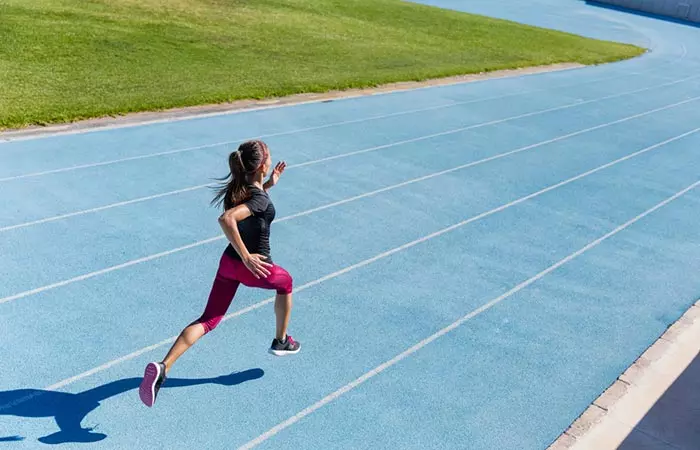
- HIIT (High-Intensity Interval Training)
- Sprinting
- Heavy weightlifting
There is a lack of conclusive scientific evidence regarding why HIIT should be avoided if you have hypertension. However, it is also not yet fully recommended for people with a high risk of heart problems. This includes those with high blood pressure (stage 1 with 3 or more risk factors, stage 2 with 1 or 2 risk factors, or stage 3, regardless of other health issues) (9). It is important for these individuals to be cautious, especially if they also have other heart-related health conditions. Additionally, researchers have found that blood pressure elevations during weight lifting are extremely high, with readings reaching up to 345/245 mmHg in some cases. Their study suggests that the increase in intra-thoracic and intra-abdominal pressures during the lifts played a major role in the blood pressure spikes observed (10).
Stick to low or moderate-intensity aerobic or strength training exercises (with light weights) to prevent further health complications.
6 Yoga Asanas For High Blood Pressure (Video)
Learn how to lower your blood pressure with simple exercises! Watch this video that shows exercises to reduce your blood pressure and improve your health.
Do these yoga asanas 3-4 days a week under the supervision of an instructor. Apart from the asanas, you can do the following exercises regularly to manage high blood pressure levels.
 Quick Tip
Quick TipAlso, follow a healthy lifestyle to reduce stress and manage hypertension. Here are a few tips.
Other Tips
- Reduce your salt intake.
- Follow the DASH diet.
- Reduce alcohol consumption.
- Take part in group activities.
- Learn a new skill.
- Take a vacation every six months.
- Avoid procrastinating.
- Talk to a specialist if you have anxiety.
- Avoid toxic situations – professional or personal.
- Practice deep breathing exercises.
Infographic: Top 5 Exercises To Manage Blood Pressure Levels
High blood pressure can increase the risk of heart disease, making it important to keep it in check at all times. While a good diet and medicines may help, incorporating exercise into your life not only lowers blood pressure levels but improves your general health and wellness. Check out the following infographic to know more.
Some thing wrong with infographic shortcode. please verify shortcode syntaxBoth yoga and exercise are highly effective in reducing hypertension. Walking, jogging, dancing, cycling, and resistance training are some of the best exercises to lower blood pressure and help in weight management. Do at least 3-5 days of cardio and strength-training exercises by striking a balance between the two. For example, do three days of cardio and two days of strength training if you work out five days a week. While it is normal to note increased blood pressure after exercise, continuous workouts will help decrease the levels gradually. High-intensity exercises like sprinting and heavy weightlifting must be avoided to prevent further complications. Apart from exercise, take medicines regularly and reduce your salt and alcohol intake to achieve good results.
Frequently Asked Questions
How long does it take to lower blood pressure with exercise?
According to anecdotal evidence, it takes about 1-3 months to see visible results of the impact of exercise on blood pressure.
Can drinking lots of water lower blood pressure?
Maybe. However, make sure you check the sodium content and avoid bottled water with high sodium content.
Can lack of sleep cause high blood pressure?
Yes. Chronic sleep deprivation along with insomnia, especially in the middle age, may increase the risk of hypertension (11).
Personal Experience: Source
StyleCraze's articles are interwoven with authentic personal narratives that provide depth and resonance to our content. Below are the sources of the personal accounts referenced in this article.
i. How to lower blood pressure permanently? exercise.https://dmitri-konash.medium.com/how-to-lower-blood-pressure-permanently-exercise-d3cbfde56c09
References
Articles on StyleCraze are backed by verified information from peer-reviewed and academic research papers, reputed organizations, research institutions, and medical associations to ensure accuracy and relevance. Read our editorial policy to learn more.
- Body Mass Index is Strongly Associated with Hypertension: Results from the Longevity Check-Up 7+ Study
https://www.ncbi.nlm.nih.gov/labs/pmc/articles/PMC6316192/ - Evidence for exercise training in the management of hypertension in adults
https://www.ncbi.nlm.nih.gov/labs/pmc/articles/PMC4369613/ - Walking 10000 steps/day or more reduces blood pressure and sympathetic nerve activity in mild essential hypertension
https://pubmed.ncbi.nlm.nih.gov/11131268/ - Running to Lower Resting Blood Pressure: A Systematic Review and Meta-analysis
https://pubmed.ncbi.nlm.nih.gov/31677122/ - Effect of dance therapy on blood pressure and exercise capacity of individuals with hypertension: A systematic review and meta-analysis
https://pubmed.ncbi.nlm.nih.gov/27390986/ - Effect of Cycling on Glycaemia Blood Pressure and Weight in Young Individuals with Type 2 Diabetes
https://www.ncbi.nlm.nih.gov/labs/pmc/articles/PMC5583829/ - Swimming training lowers the resting blood pressure in individuals with hypertension
https://pubmed.ncbi.nlm.nih.gov/9218185/ - Impact of Resistance Training on Blood Pressure and Other Cardiovascular Risk Factors
https://www.ahajournals.org/doi/10.1161/hypertensionaha.111.177071 - Effect of High-Intensity Interval Training on Exercise Capacity, Blood Pressure, and Autonomic Responses in Patients With Hypertension: A Systematic Review and Meta-analysis
https://pmc.ncbi.nlm.nih.gov/articles/PMC10293559/ - Blood pressure changes during heavy-resistance exercise
https://pubmed.ncbi.nlm.nih.gov/2632751/ - Sleep and Hypertension
https://www.ncbi.nlm.nih.gov/pmc/articles/PMC2913764/
Read full bio of Rohan Arora
Read full bio of Ravi Teja Tadimalla
Read full bio of Moksha Gandhi






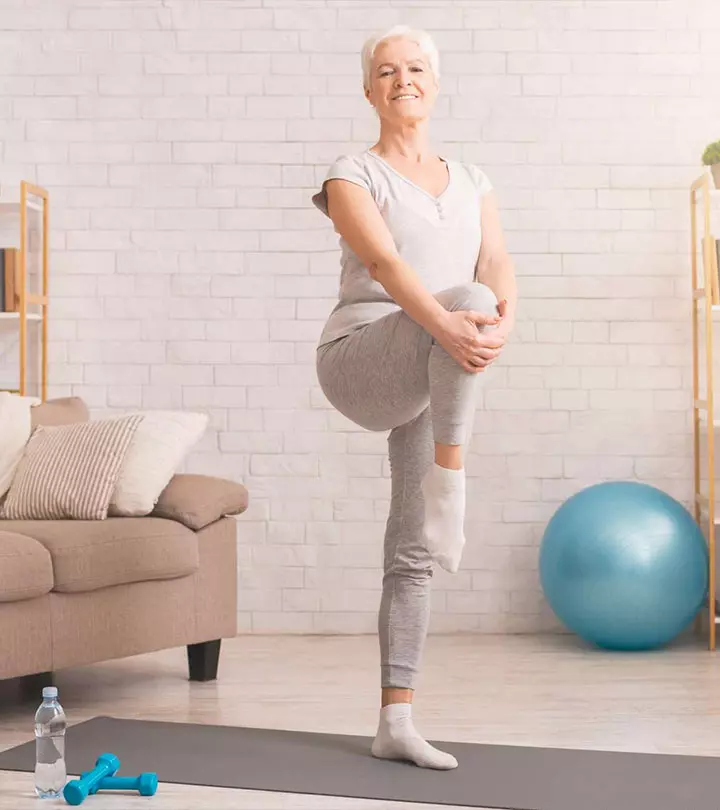
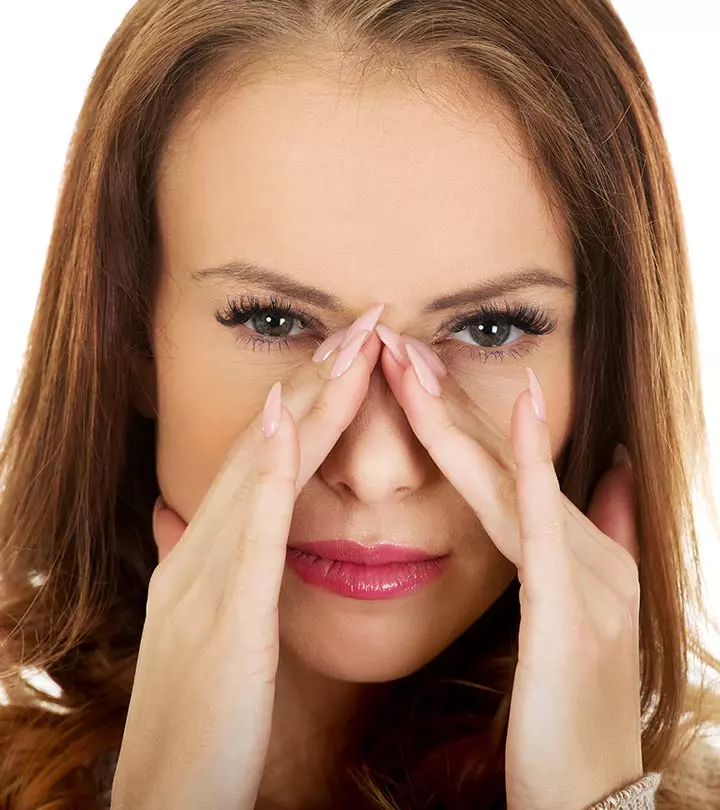
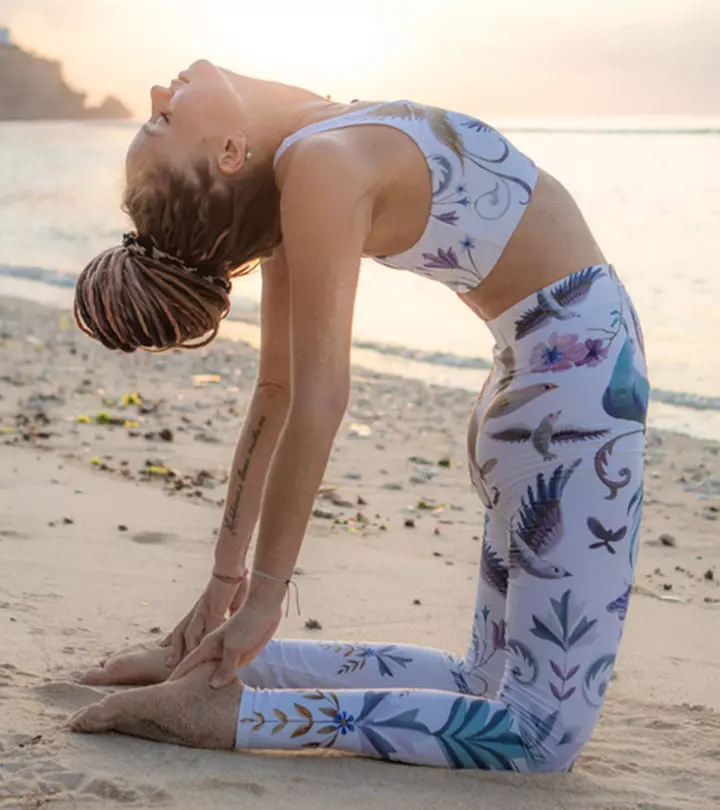
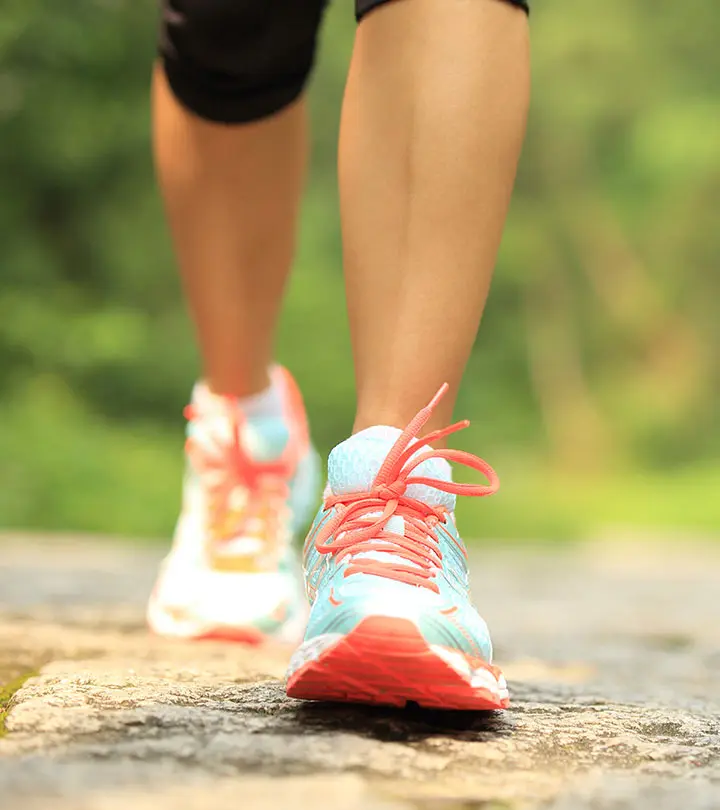
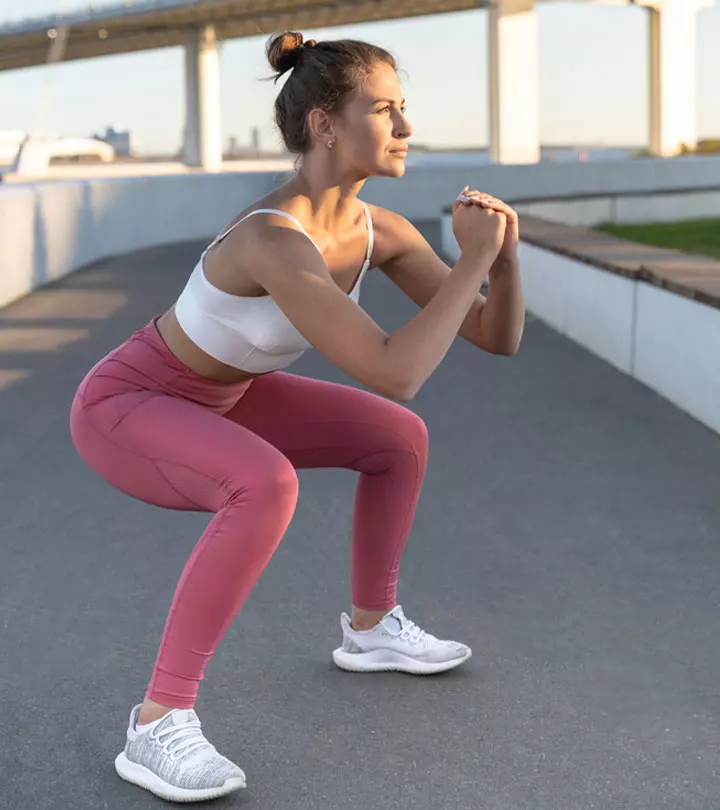



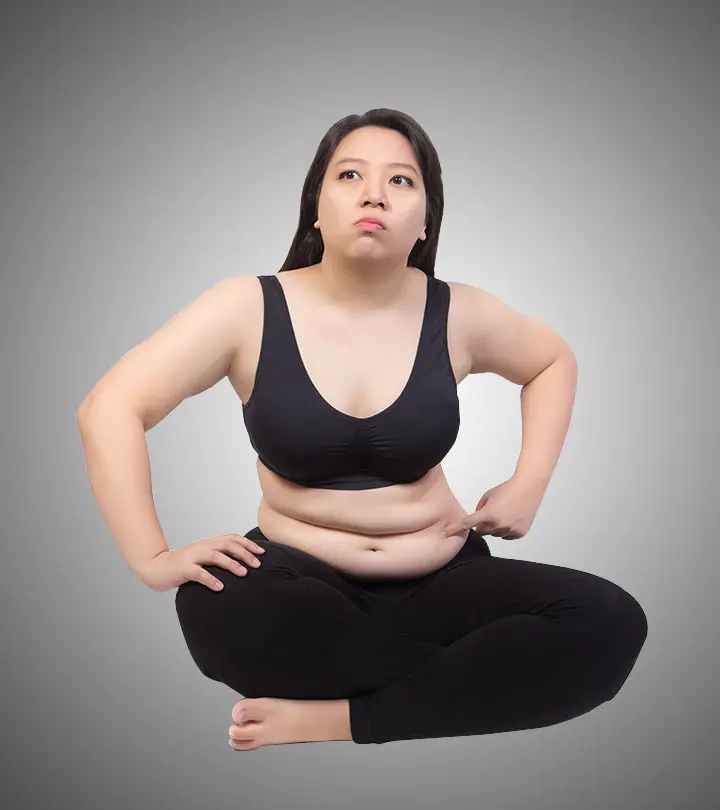

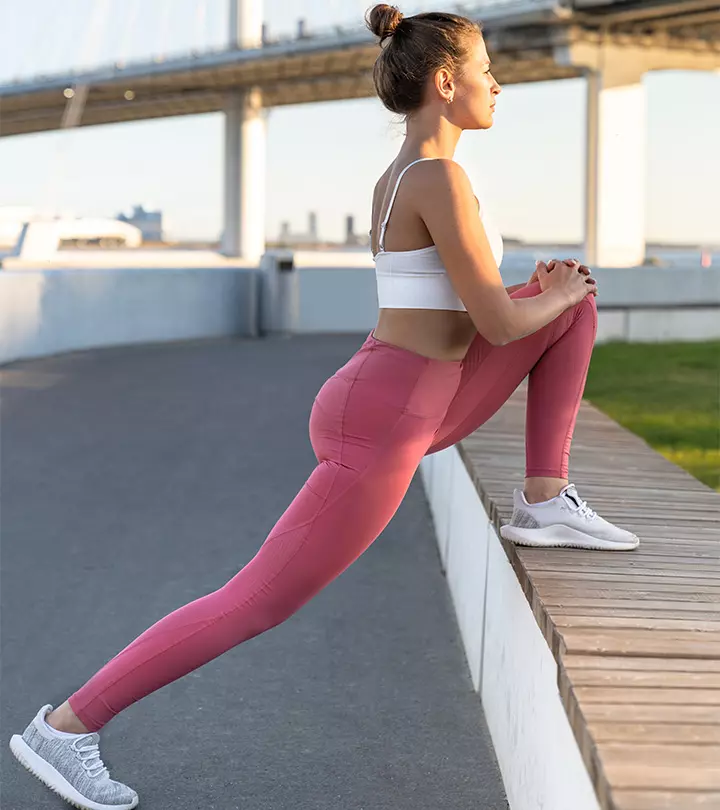


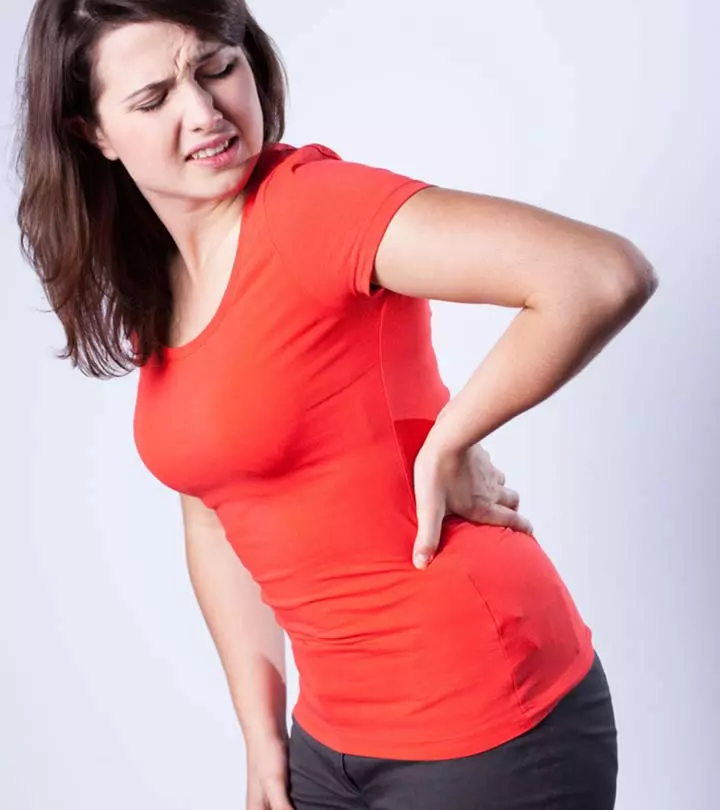



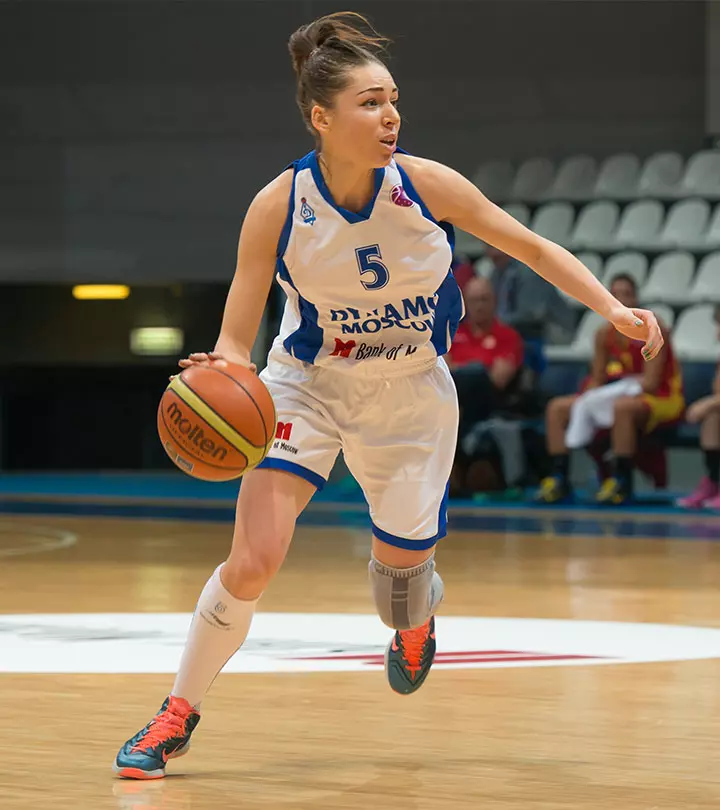
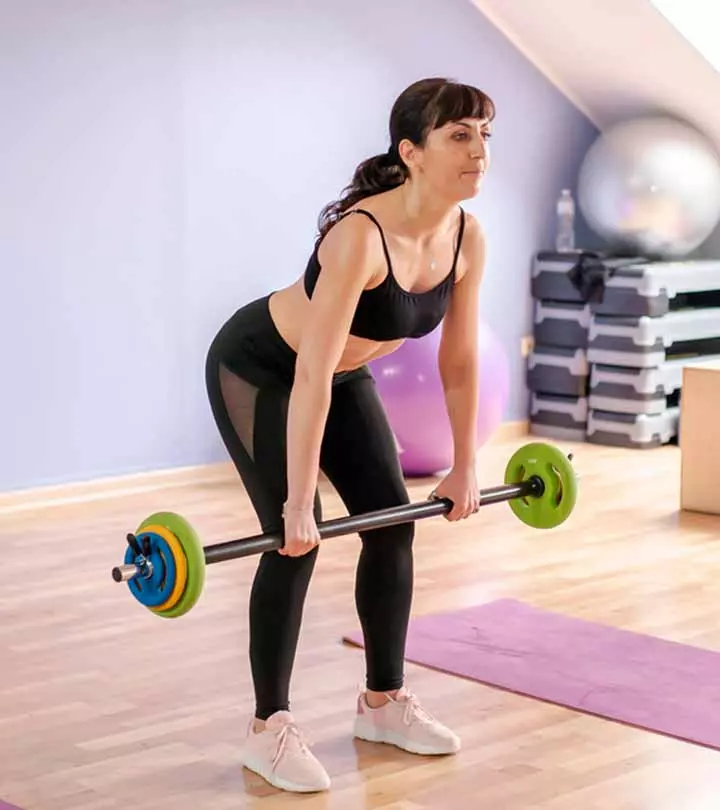
Community Experiences
Join the conversation and become a part of our empowering community! Share your stories, experiences, and insights to connect with other beauty, lifestyle, and health enthusiasts.